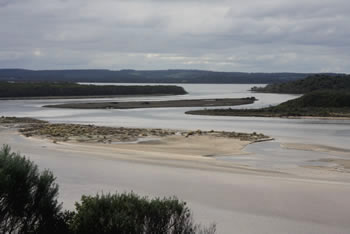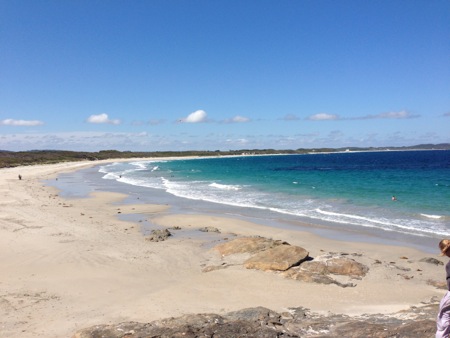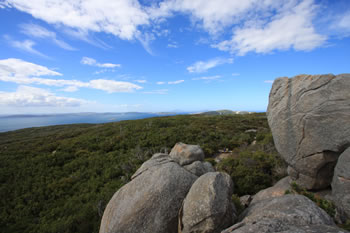
Denmark Community Windfarm
The Denmark Windfarm sits atop Wilson Head just a bit south-west of Ocean Beach and the Wilson Inlet. The location is technically called the A-Class Reserve 24913.

The turbines are situated approximately half way between Ocean Beach and the end of Wilson Head up a long, winding, well-packed track.
Visitors to the Denmark Community Windfarm can park at the bottom of the entrance to the windfarm (near the gates) and must walk (or ride a bike) up the hill. This is not a path for anyone who needs assistance walking as it's quite a hike. It's not somewhere we'd take Nannie and Grandpa for a morning's stroll but a great way to keep fit and enjoy the coastline.
The Denmark Community Windfarm plans to supply approximately 40% of the 8 gigawat hrs of electricity the residents and businesses of Denmark utilise yearly.
There are two 800kW turbine generators which make use of the consistent winds along the coast and stand majestically along Wilson Head.
Though there was some opposition to the Community Windfarm, mostly due to the visibility of the turbines, in our opinion (as residents of Denmark) they do not detract from the visual appeal of the coastline. Rather, the turbines give scale and perspective to many of the attractions of the coast.

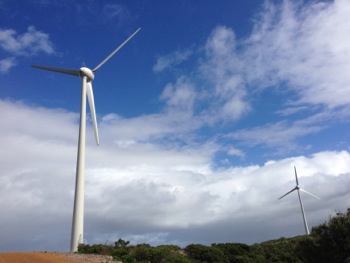
The turbines can be seen from Monkey Rock, Tower Hill, Lights Beach and parts of William Bay National Park from the west, and Ocean Beach and Nullaki from the east. They are unobtrusive and elegant in their position on the headland.

The view from the top, facing north towards Nullaki Peninsula and the Wilson Inlet at Ocean Beach.
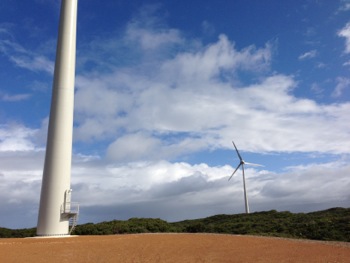
The Turbines from the base of the Western Turbine
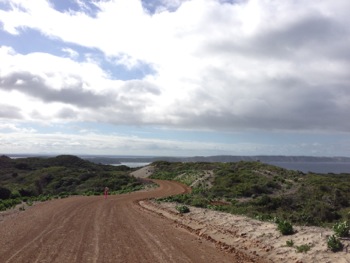
The view facing north from the base of the western turbine towards the Wilson Inlet and Nullaki Peninsula.

Western Australia is bounded by South Australia and the Northern Territory to the east, and the Indian Ocean to the west and north. In Australia, the body of water south of the continent is officially gazetted as the Southern Ocean, whereas the International Hydrographic Organization (IHO) designates it as part of the Indian Ocean. The southwest coastal area has a Mediterranean climate and was originally heavily forested, including large stands of the karri, one of the tallest trees in the world. This region of Western Australia is in the top nine terrestrial habitats for terrestrial biodiversity. Thanks to the offshore Leeuwin Current the area numbers in the top six regions for marine biodiversity, containing the most southerly coral reefs in the world.
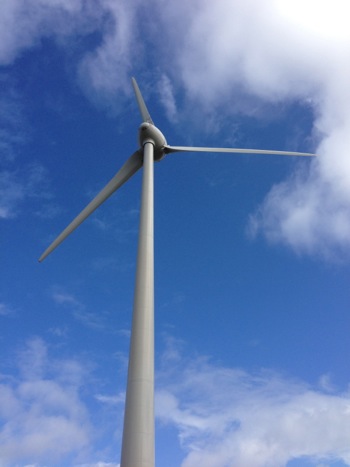
The Denmark Community Windfarm Western Turbine
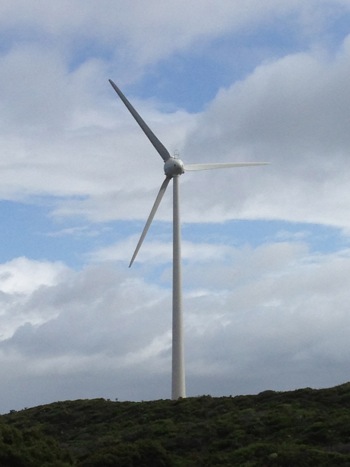
The Denmark Community Windfarm Eastern Turbine
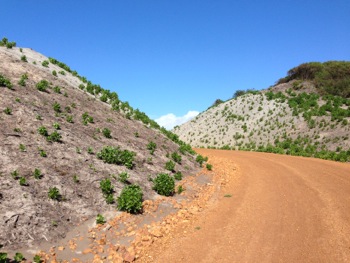
Walking up towards the Denmark Wind Farm along the continual rise from the carparking area.
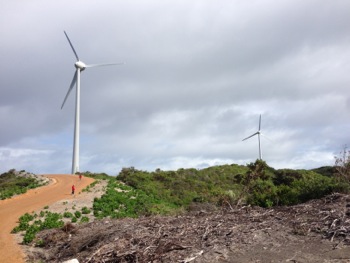
Three quarters of the way to the Turbines... time to take a few moments rest...
Attractions in Denmark and surrounds:
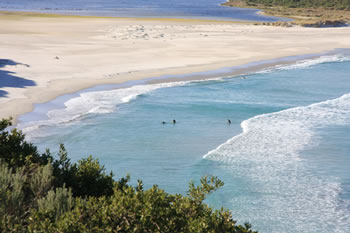 Ocean Beach
Ocean Beach Ocean Beach is set between the Wilson Inlet and the Great Southern Ocean, and is the closest beach to Denmark Town. A popular surfing spot and lookout.. Visit Ocean Beach
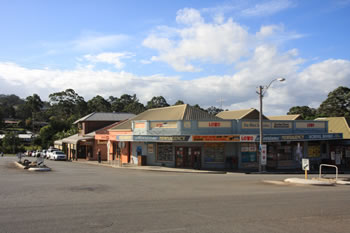 Denmark Town
Denmark Town In the heart of the Rainbow Coast on the north side of the Wilson Inlet, along the beautiful Denmark River. Visit Denmark Town
 The Wilson Inlet
The Wilson Inlet This majestic Inlet is divided from the ocean by a sandbar which covers the opening much of the year. Visit The Wilson Inlet
 Anvil Beach
Anvil Beach Anvil Beach is a beautiful beach on the south side of Nullaki Peninsula on the Great Southern Ocean. Visit Anvil Beach
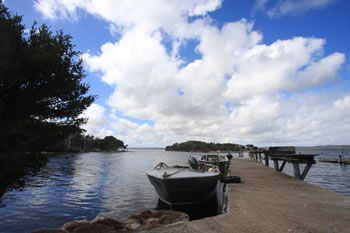 Crusoe Beach
Crusoe Beach A commercial fishing site, the beach is best visited after 3.30pm as advised by the sign. Visit Crusoe Beach
 Denmark Windfarm
Denmark Windfarm The Denmark Community Windfarm sits atop Wilson Head just a bit south-west of Ocean Beach and the Wilson Inlet. Visit Denmark Windfarm
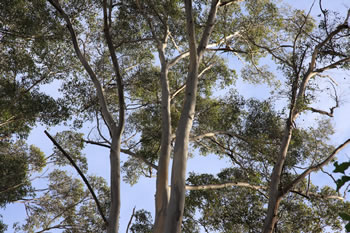 Harewood Forest Walk
Harewood Forest Walk Harewood Forest is an almost 1.5k walk through the forest. The stream at the end is the turn-around point. Filled with information on history, flora & fauna. Visit Harewood Forest Walk
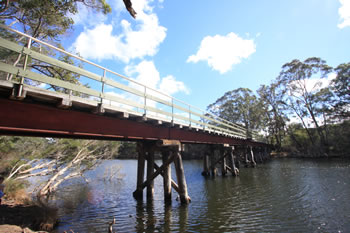 Heritage Rail Bridge
Heritage Rail Bridge The Bridge is easily accessed by driving south along the river on Hollings Drive where you will find parking spaces, picnic tables and a gazebo. Visit Heritage Rail Bridge
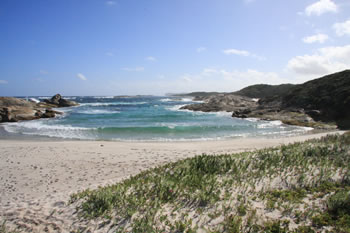 Lights Beach
Lights Beach Inspiring lookout and beach offering spectacular views of William Bay from the east. A favourite local beach. Visit Lights Beach
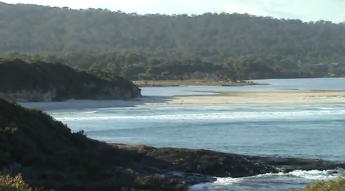 McGearys Rock
McGearys Rock McGearys Rock is a popular rock fishing location close to Ocean Beach. It offers panoramic views of the bay and Nullaki Peninsula to the east. Visit McGearys Rock
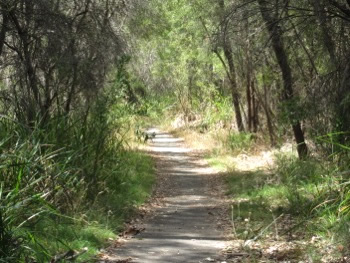 Mokare Heritage Trail
Mokare Heritage Trail Named after an aboriginal tracker and chieftain, the Mokare Heritage Trail winds along the east side of the Denmark River. Visit Mokare Heritage Trail
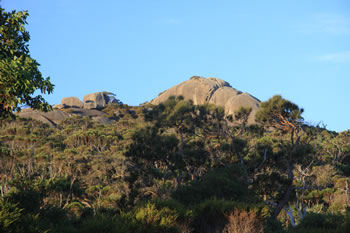 Monkey Rock
Monkey Rock Spectacular elevated views over William Bay Nat. Park, Ratcliffe Bay, Ocean Beach and the Nullaki Peninsula. Visit Monkey Rock
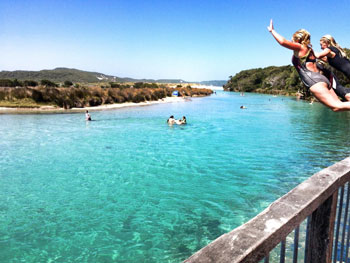 Prawn Rock Channel
Prawn Rock Channel Prawn Rock Channel is located just north of Ocean Beach (you drive right past it on your way to Ocean Beach). This secluded slow-running channel of water is an ideal swimming spot. Visit Prawn Rock Channel
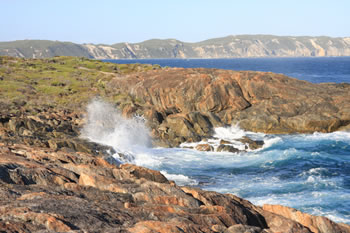 Wilson Head
Wilson Head Wilson Head marks the eastern perimeter of Ratcliffe Bay, stretching out into the Great Southern Ocean. Visit Wilson Head
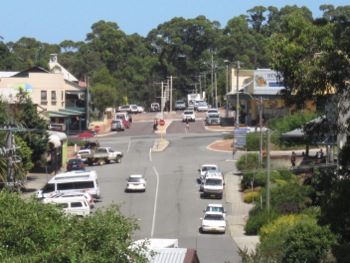 Denmark Accommodation
Denmark Accommodation An inspiring selection of quality accommodation of all types. Friendly service. Choose from a variety of great accommodation in and around Denmark, WA. Find Accommodation in Denmark NOW! Visit Denmark Accommodation
 Denmark Wineries
Denmark Wineries Denmark Wineries and Vineyards to visit while on holiday along the Rainbow Coast. Wineries with restaurants, music, cellar doors and more! Visit Denmark Wineries
Other amazing locations in the South-West of Western Australia!
More information on the south-west coast in our other Western Australian travellers guides:
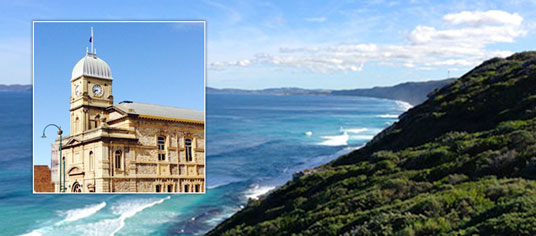
Albany Tourist Information:
Albany WA
The Albany is the oldest settlement in Western Australia. Filled with history, surrounded by beaches and waterways, and a great place to visit while on holiday on the south coast of WA. Visit Albany today.
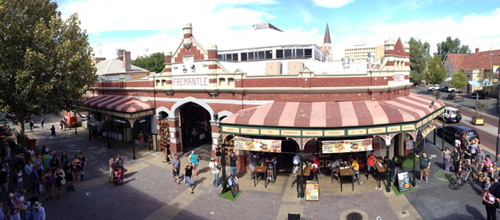
Have you visited?
Fremantle WA
Fremantle, the Port City, is located south-west of Perth at the mouth of the Swan River. Fremantle's vibrant nightlife, music scene and cafe' culture make Fremantle a perfect getaway from the bustle of Perth. Beaches, history, shopping, dining out, and more. VISIT FREMANTLE
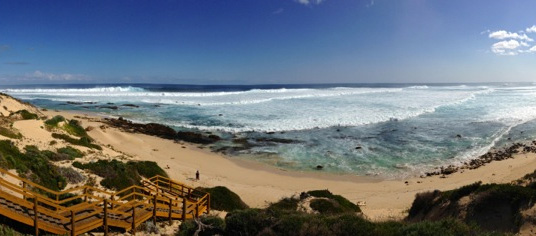
Have you visited?
Margaret River, WA
The Margaret River Region is an area of magnificent beauty on the western coast of the south west of WA. From the expansive shores of Busselton on Geographe Bay, through Dunsborough & Margaret River to Augusta, the Margaret River Region is fantastic. VISIT MARGARET RIVER
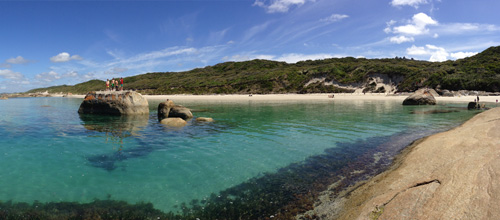
Have you visited?
Denmark WA
Denmark WA is one of the most beautiful places along the south coast as it has forests, beaches, rivers and waves. Everything you need for the perfect south coast holiday. Denmark Wineries are popular too! Info on Denmark Town including shopping, dining & history, VISIT DENMARK WA
